
Pen and ink sketch of Matlock Bath from a sketchbook attributed to John Ramsay (1768-1845). (Buxton Museum 2016.8)
Derbyshire’s beauty spots feature in many eighteenth-century sketchbooks. These books usually present views of Matlock Bath, Dovedale and various country houses. They don’t however give much insight into the practicalities of travelling around the County as logistical depictions are usually overlooked, in favour of sketches of the natural or built environment.
We have recently ‘re-discovered’ a sketchbook in the collection at Buxton Museum which gives a comic insight into the art of travel around 1800.
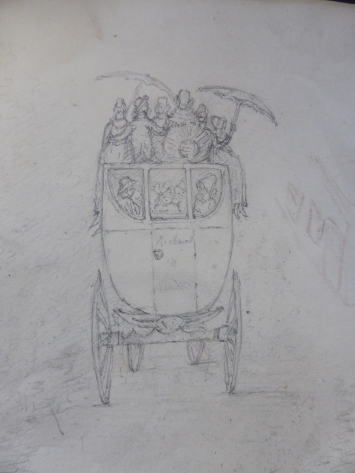
We know that many visitors to the County would have arrived via stage coach. When Thomas Sandby travelled to Derbyshire in 1777, he and his companions fist took a coach from London to Nottingham.* They stopped in St Albans on their way, where they had a rather dismal dinner, ‘Here we stayed about half an hour to sup on what was spread on the table against our arrival, none of the best you may be sure, for those who travel in a stage coach are generally look’d upon as nobody and must take up with the leavings of others guests, such was our fare’ (British Library, Add MS 42232, fol. 1).
Although Sandby complains that stage coach travellers were looked down upon, the benefit of a coach was that it at least offered some protection from the weather. John Skinner entered Derbyshire from Cheshire via the Cat and Fiddle which he dubs, ‘the most dreary road imaginable’. His approach ‘was rendered still more unpleasant by the rain and sleet driving with violence in our faces accompanied by so strong a wind we found some difficulty in sitting our horses’ (John Skinner, British Library, MS 33640).
Once in Derbyshire, donkeys could be rented to take tourists to various sites. When a woman visited Matlock Bath in 1807 she hired a donkey and rode to Cromford to admire Richard Arkwright’s house. She notes in her diary that the donkey was ‘one of the most tractable’ she had ever mounted (Journal 1807, Beinecke Library, Osbournd433). Others appeared to have fared less well with their rented steeds.
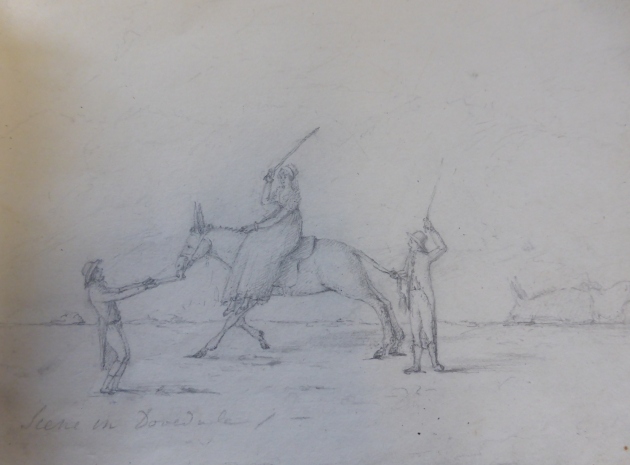
A scene in Dovedale
*This beautifully illustrated travelougue is embossed on the spine ‘Forrest’s Tours’ however Kim Sloan has identified its author to be Thomas Sandby. See Kim Sloan and P.Joyner, ‘A Cozens album in the National Library of Wales’, Walpole Society Annual, vol. LVII, 1995, 114

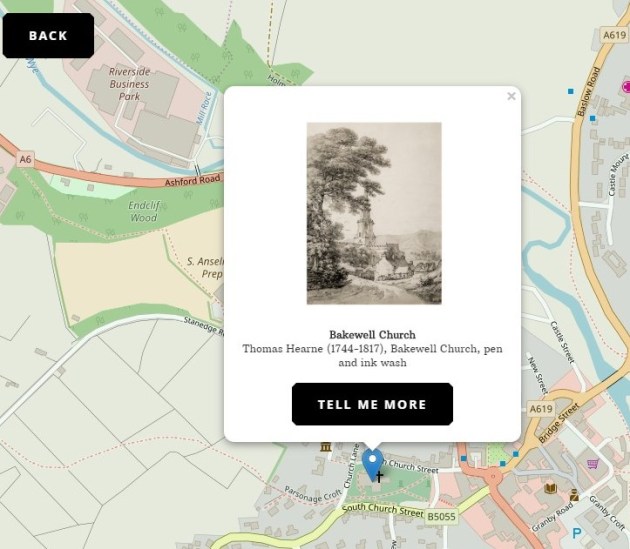
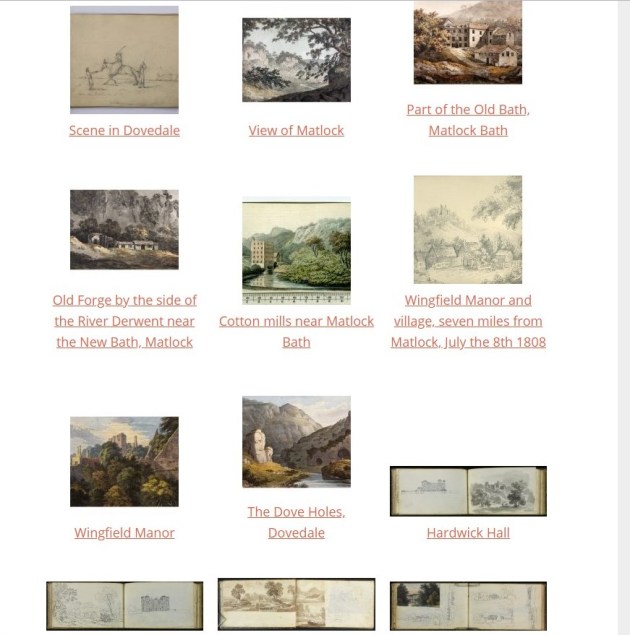



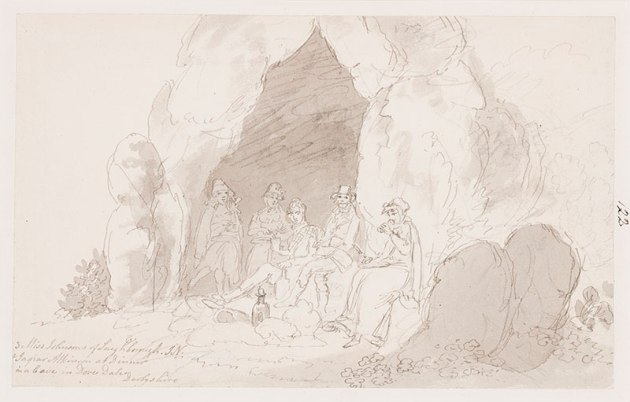

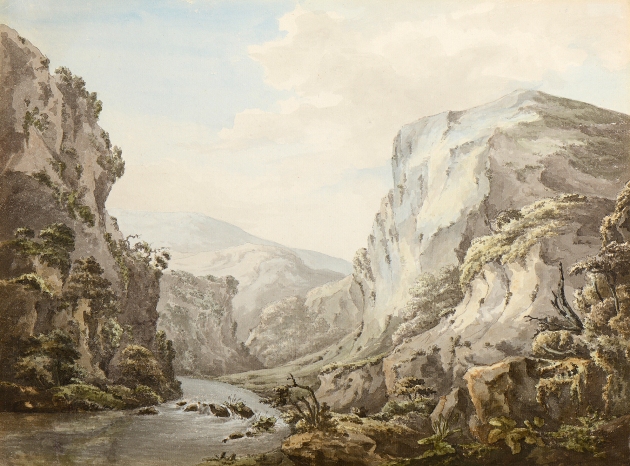
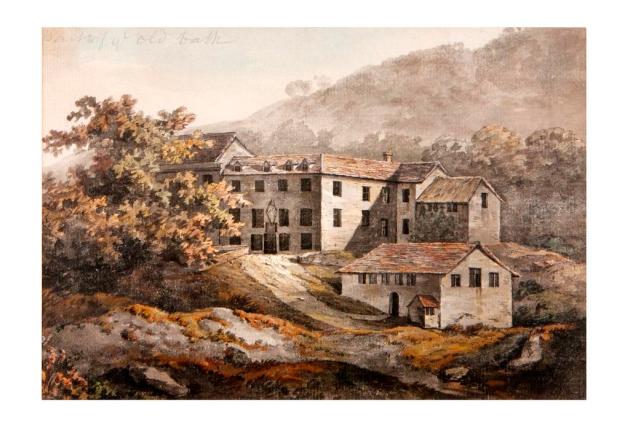

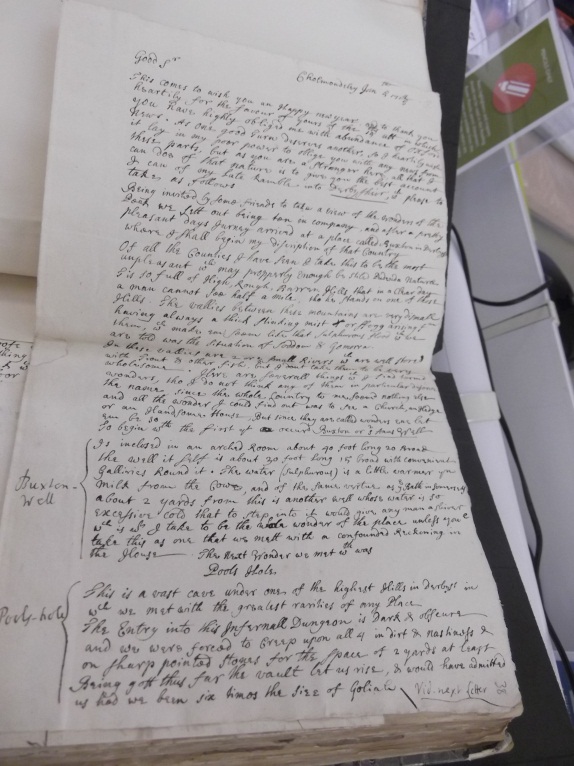
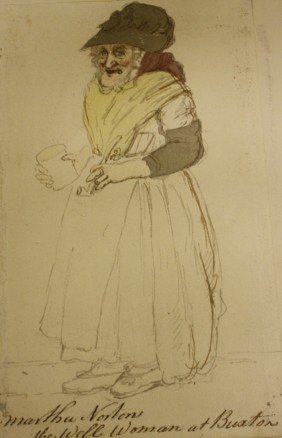

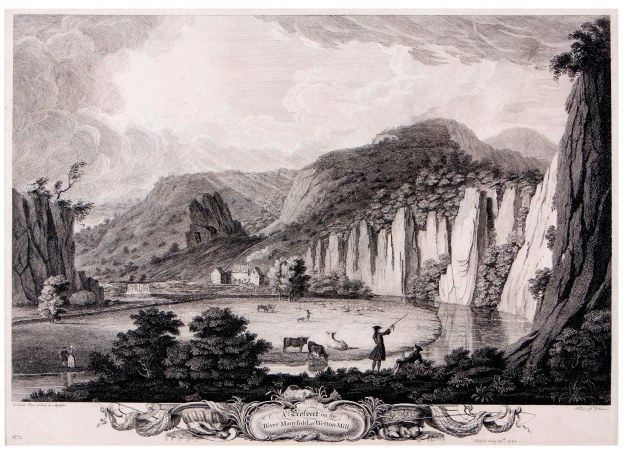
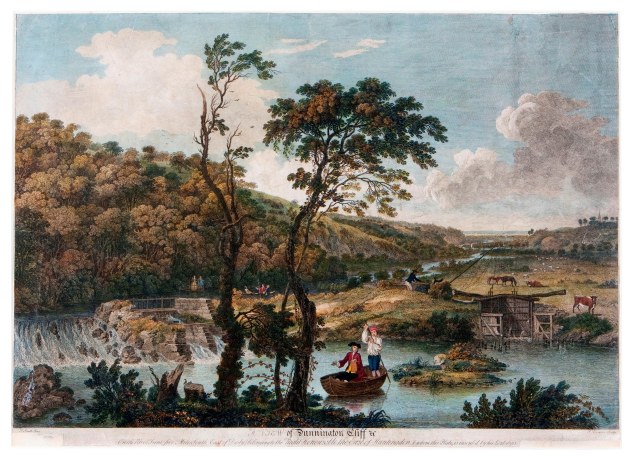
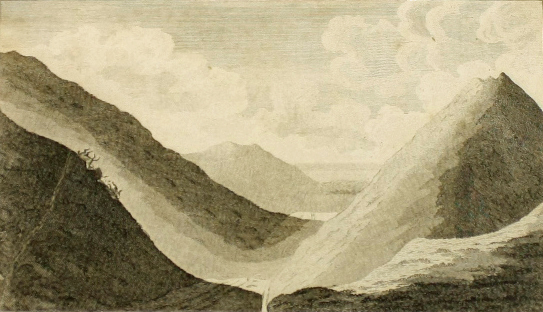


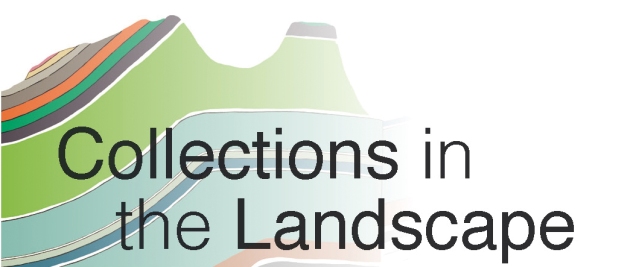
Recent comments